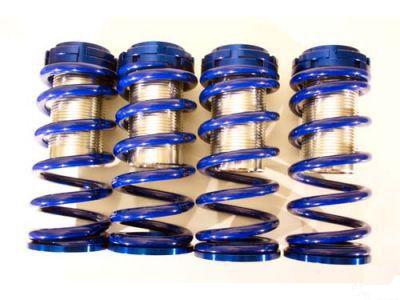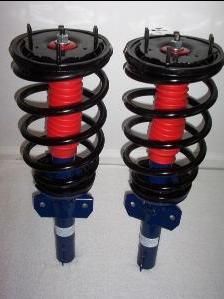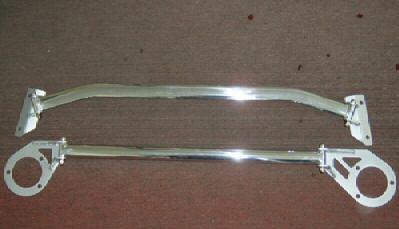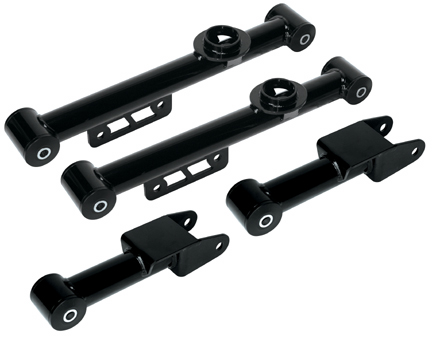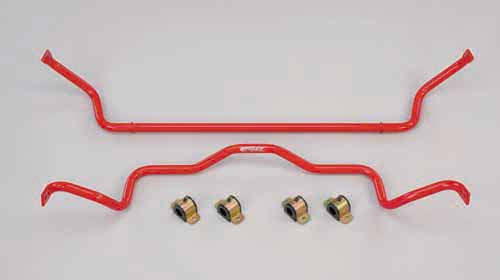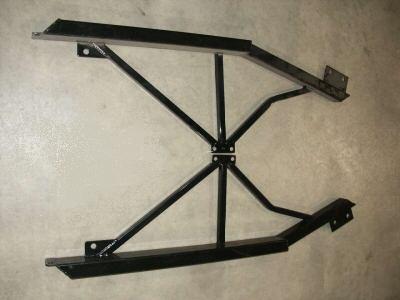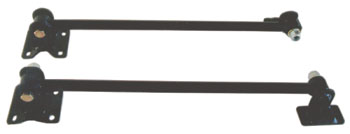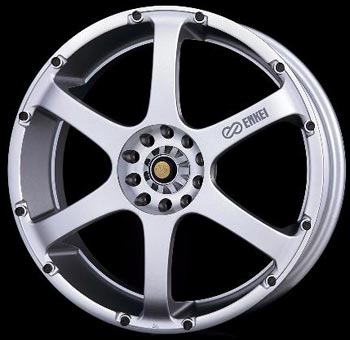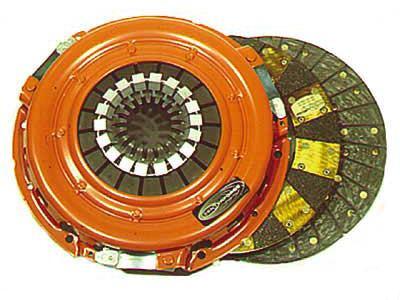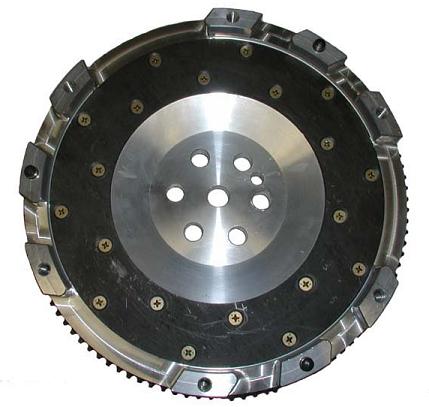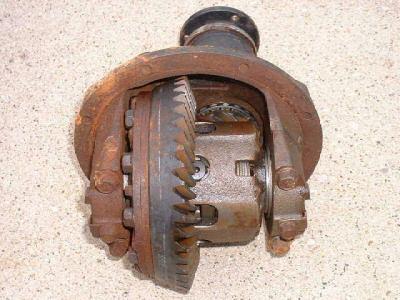-This will greatly improve traction problems, and in a front wheel drive vehicle it will eliminate wheel hop.
Wheels-Wheels are not only an aesthetic modification, in fact they can
be one of the most beneficial factors to your entire car's set up. Usually the stock
tires are quite heavy, and narrow. Usually they don't even look good. By replacing them
with aftermarket rims which are lighter, and wider you increase the performance. The heavier the
wheel is, the harder it is to get that tire rotating. The wider, and taller the tire is the more
traction you have at all times. This extends to a certain point though, if you get a tire that is
so large that it weighs too much, this will decrease your acceleration. Also, if you have a
limited sleep differential large wheels will tear your spider gears apart because there is no give in
the axles or differential. Larger tires will also cause your car to loose much of it's cornering
ability. So try to pick a nice equilibrium between the sizes.
Tires-Tires are also one of the most beneficial factors of a car's handling and traction.
Each tire will have a different design and tread pattern that will respond differently. Lower profile tires
are usually agreed on the best performance, but this does not always hold true. Because the tire is not as
tall, it is lighter. This is also a bad thing because this causes the rim to become much
more prone to bending because there is less side wall to absorb the strain from the weight. Lower profile
tires also provide a firmer ride, with much less give while the tires with the large side wall
provide more comfort and far less road noise.
Drivetrain
The drivetrain consists of the assembly that transmits an engine's rotary motion to the wheels.
By modifying this, you can gain more traction, a more efficient means of transferring
the power to the wheels, safety, and the ability to contain and transfer more power.
Clutch-The clutch disconnects the engine from the transmission,
to allow the vehicle to brake, drop the rpm's, or change gears and then allows the engine and transmission
to resume contact and turn together at a new speed. By replacing this with a stronger,
more firm clutch the transfer of power becomes more efficient. The stronger clutch also means
that the transmission will be able to hold more power than it previously had. This will usually
result in more pressure to push the pedal in, and sometimes the shifting is not as smooth.
Flywheel-The flywheel is a heavy wheel that uses it's inertia to oppose
and moderate any fluctuation of speed in the clutch, transmission and crankshaft. The flywheel keeps the engine
moving as well once it has been started. You can replace this with a stronger and lighter flywheel which will allow the engine to rev faster
and transfer the power more efficiently. With a turbo vehicle, this is not always a wise modification.
The flywheel removes a lot of load of the engine, and a turbocharger will under work
under load.
Axle-The axle transfers the power from the differential to the wheels. This works
by running a splined shaft directly into the differential. You can upgrade the axles to stronger ones
so that the power does not tear apart the axle or cv joints.
Driveshaft-The Driveshaft runs from the transmission to the rear differential. By rotating into
the gears, the power is transferred to the axles. You can replace this with a lighter, more
finely balanced driveshaft to allow faster acceleration due to the weight loss.
Differentials-An aftermarket differential may be installed to reduce wheel spin. There are
two different types all in all. A clutch type and a plate type. This works by sending power to both axles
rather than just one, diving the power into two parts.


